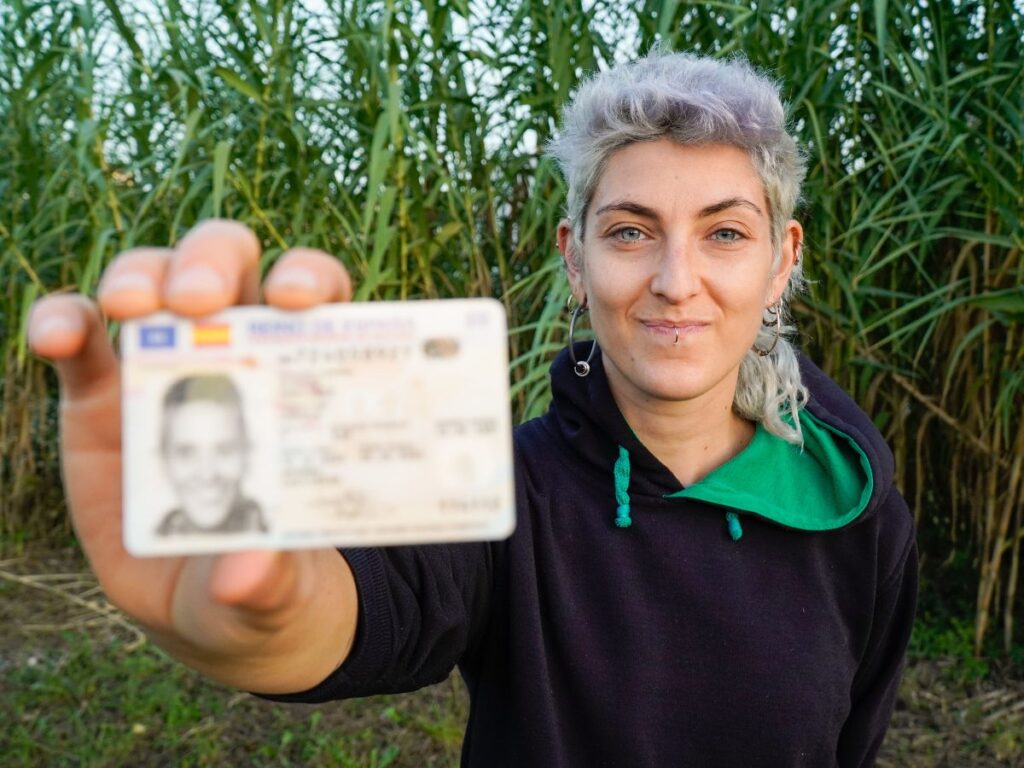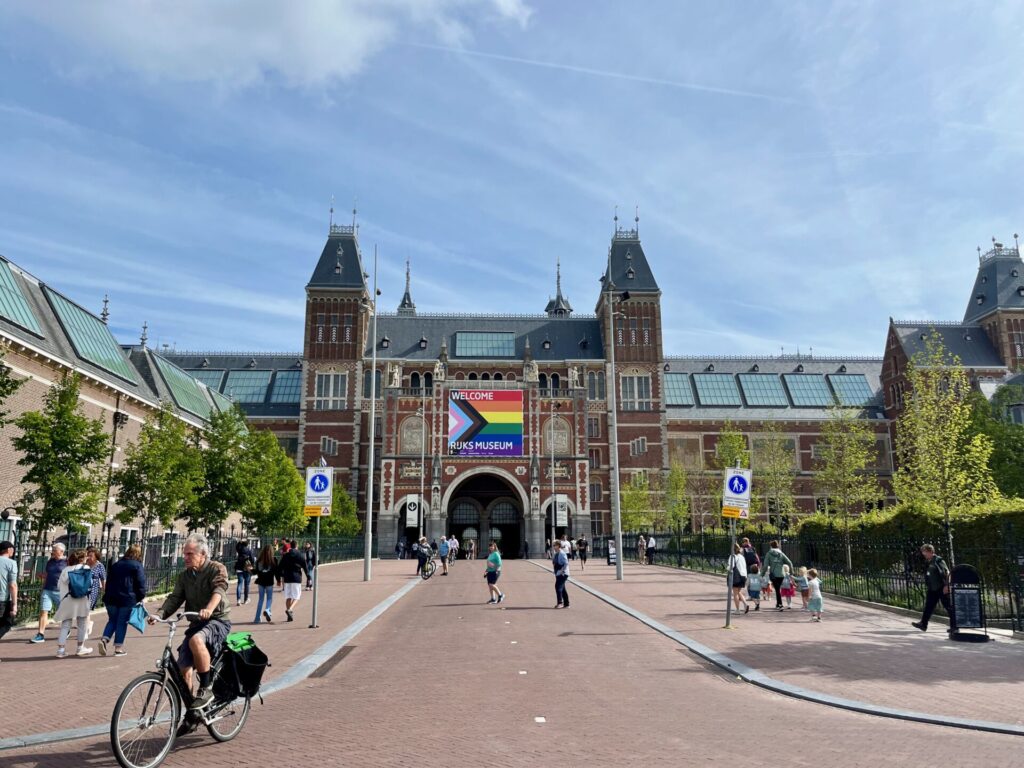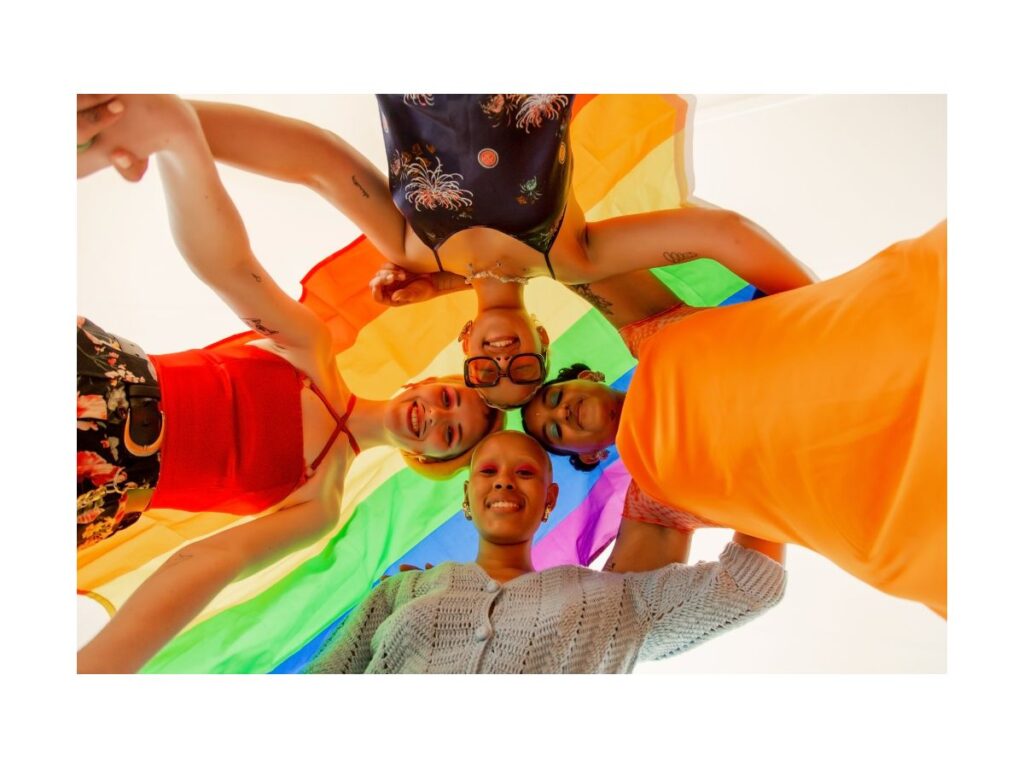For trans and gender non-conforming individuals, the joy of traveling can come with unique challenges. This Non-binary and Transgender Travel Guide is intended as support in staying safe and empowered while enjoying the happiness and transformations that travel can offer. In this article you will find tips and ideas, grounded in the advice of reputable organizations, to help trans and gender non-conforming travelers explore the world with confidence.
In addition to being the founder of Trip Scholars, I am also the proud parent of both non-binary and trans young adults. And as a travel coach, I have had the privilege of serving LGBTQ+ clients. As a mom, coach, and ally, I am strongly committed to supporting queer travelers in not only enjoying incredible trips, but also easily finding trustworthy resources to stay safe and well informed for trips both now– and long into the future!
As much as I value supporting travelers in these communities, as a cis gendered person myself without direct personal experience, I will mostly be sharing resources and communities created and run by those actively traveling as non-binary and trans travelers. Also, some of the resources provided in this article are specific to U.S. travelers, so be sure to find your local transgender travel safety resources if you live in a different country.
Let’s jump in to finding the top resources to help you have amazing travel experiences!
1. Research Your Destination
Before booking your trip, research the LGBTQ+ rights and social climate of your destination. Look for countries or regions known for their inclusivity and legal protections for non-binary and trans individuals to find welcoming transgender travel destinations.
Tragically, there are still places in the world where being transgendered is illegal so this step is essential. If you choose to visit one of these countries, do extensive research in advance and prioritize your safety. If you are new to travel, consider building your travel skills for a few years before choosing one of these destinations. Trip Scholars offers extensive support for all travelers expanding their travel skills.
Websites like the International Lesbian, Gay, Bisexual, Trans and Intersex Association (ILGA) provide comprehensive overviews of LGBTQ+ rights by country. Equaldex also allows you to search the planet by both country and region to learn about LGBTQ+ rights laws in relation to travel.

2. Plan for Documentation
Navigating airport security and border control can be stressful, particularly if your identification documents do not reflect your current gender presentation or if they are not all consistent. I encourage you to update your documents long before traveling, if possible.
The National Center for Transgender Equality offers a detailed guide on updating passports, driver’s licenses, and other IDs in the United States. As outlined directly from the Department of State, you do not need to provide medical or any other type of documentation to change your gender marker on your passport in the United States.
You can find additional information about transgender travel documentation from the Department of State for LBGTQ+ travelers. Remember, consistency across documents will simplify the travel processes and make it easier. Starting with this process long before your trip will make it less stressful.
Also, consider getting TSA pre-check which now offers an additional gender marker for gender non-conforming and non-binary travelers. A supplemental benefit is that TSA Pre-check makes it much easier to move through the security line.
3. Connect with the Community
Reach out to local organizations or use social media to connect with trans and gender nonconforming communities in your destination. They can provide valuable insights, recommend trans-friendly accommodations, and share experiences about navigating the area safely. You can also get advice about dress and local customs so you can plan a safe and enjoyable trip.
Platforms like Reddit and Facebook host numerous queer travel groups. Good advice for all travelers is to be cautious about sharing your exact travel plans with online acquaintances. If you do plan to meet up with anyone in person, be sure it is in a safe public space.
4. Pack Smart
Some people bring a travel letter from their healthcare provider, which can be especially helpful if you’re carrying medications, prosthetics, or you have implants. Generally, you are required to travel with medications in their original containers. Consider bringing a copy of your prescription with you. Also, contact your provider in advance to be sure you don’t run out of any prescriptions while you are traveling.
Ensure your carry-on includes essential items that match your gender expression, in case your checked luggage is delayed or lost. Consider traveling with carryon luggage only.
Additionally, familiarize yourself with the TSA’s guidelines for transgender passengers, which offer some great advice on security screenings. This includes the option of requesting being accompanied by a Passenger Support Specialist if you want additional support as you go through the TSA screening.
Sometimes travel to warm climates or water based destinations (such as beach, scuba, or sailing vacations) includes additional wardrobe considerations for swimwear and more revealing clothing. Take time in advance of traveling to look at your options so you have clothes that are empowering but also comfortable and safe. There are many options available, but it might take time to find the best matches for you.

5. Stay Informed and Flexible
Stay updated on travel advisories and legal changes that might impact your trip. Websites like The Department of State’s Smart Traveler Enrollment Program (STEP) can keep you informed about safety updates. It can also be helpful to know where your local embassy is and how to contact them.
Flexibility is another asset; having a backup plan and knowing your rights can help you navigate unexpected situations confidently.
6. Prioritize Safe Accommodations
Choose accommodations wisely. Many hotels and Airbnb hosts pride themselves on being LGBTQ+ friendly. Look for places with positive reviews from queer travelers. Some booking platforms allow you to filter for LGBTQ+ friendly accommodations.
Another great resource is the International Gay and Lesbian Travel Association (IGALT) where you can find LGBTQ+ welcoming travel companies including lodging options. They also provide helpful articles about many destinations with tips on neighborhoods, transportation companies, and more.
If you are concerned about safety at your lodgings, you can consider purchasing door locks, personal alarms, and other additional safety features to keep your room safe.

7. Stay in Touch
Whether you are traveling alone or with others, stay in touch. Update your travel companions or a support person at home if you are in an uncomfortable situation or feel unsafe. Many solo travelers share location tracking on their phones with a trusted loved one, consider if that feels like a good match for you.
If traveling solo, consider planning daily check-ins by text with a family member or friend who has your itinerary. Apps like Tripit allow you to easily share your itinerary while also organizing all of your reservations and tickets for effortless use on the road.
8. Non-binary and Transgender Travel Guide: Enjoy Your Journey
Traveling as a trans or gender nonconforming individual can be a profound and enriching experience. I hope you have found the resources helpful in this Non-binary and Transgender Travel Guide. With your preparation, research, and resilience, the world opens up with endless possibilities. Here’s to safe travels and the incredible memories you will make!
As an ally, I am happy to offer a free full 60 minute travel coaching session to non-binary and trans travelers. I would be honored to support you as you make your travel dreams come true. Just send me an email at [email protected]. And if you are a gender non-conforming or trans traveler, I invite you to share your travel tips in the comments so we can learn from you.



Thank you for creating this comprehensive non-binary and transgender travel guide! As a transgender person, it’s so valuable to have resources like this that understand and respect our experiences. I’m looking forward to using this guide for my next trip and being able to travel with more confidence and comfort. Keep up the great work!
Thank you so much for your kind words and for letting me know you found it helpful! I wish you all the best on your travels!
What an excellent resource! Thanks for posting this together. Happy Pride month 🙂
Thanks, I’m glad you found it useful! Happy Pride to you too!
So many things I would never have thought about. This is a truly helpful and important guide you’ve provided!
Thanks a lot, I’m so glad you found it helpful!